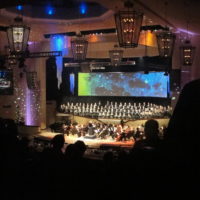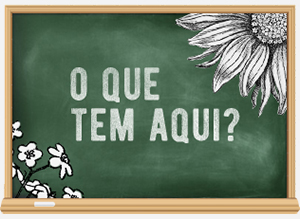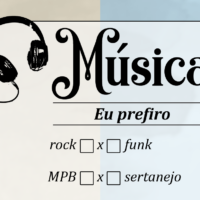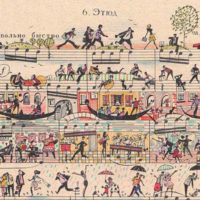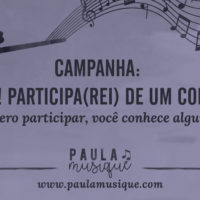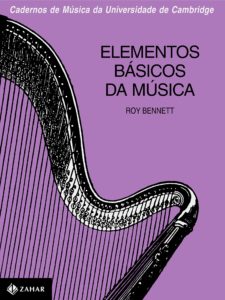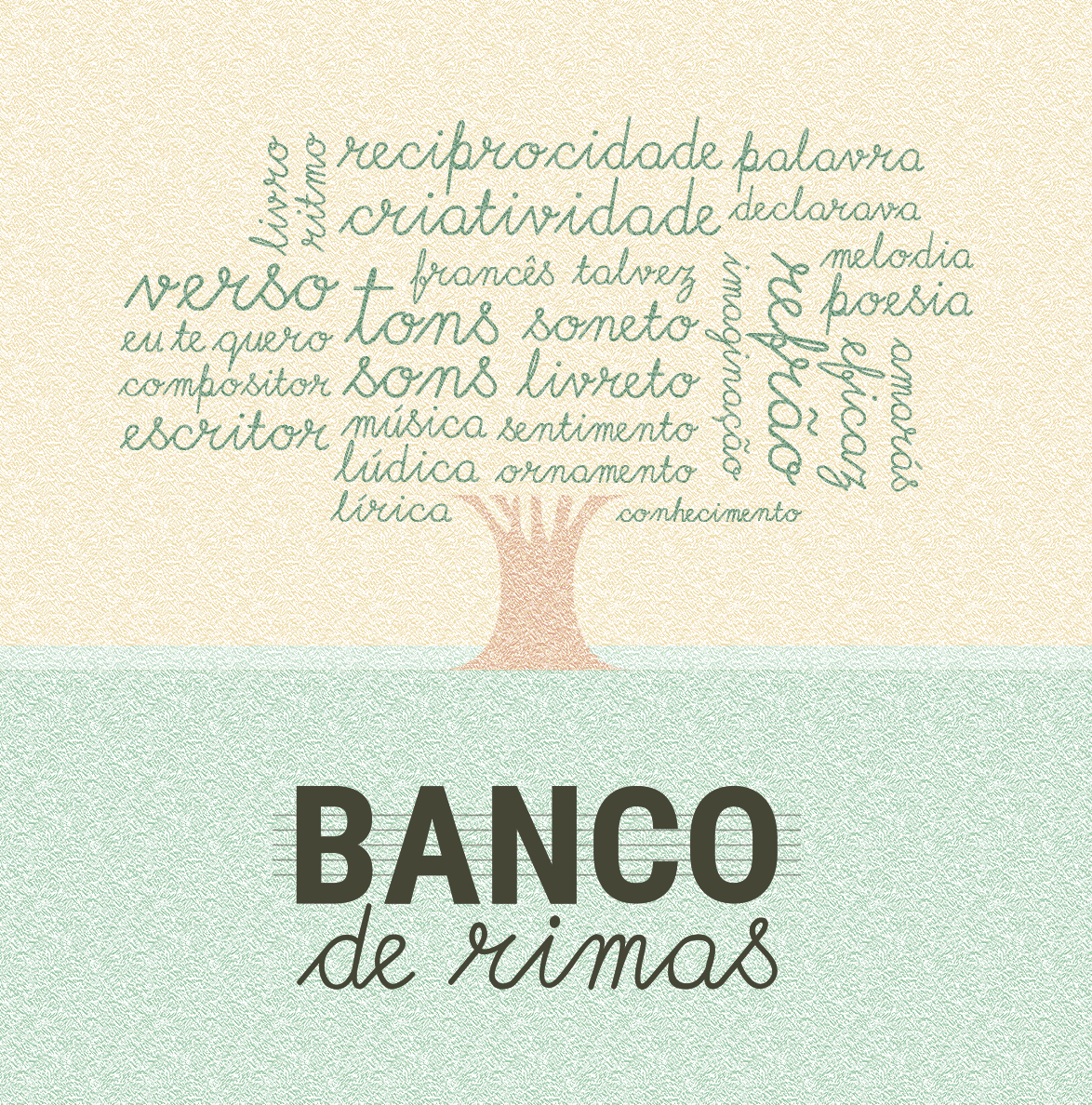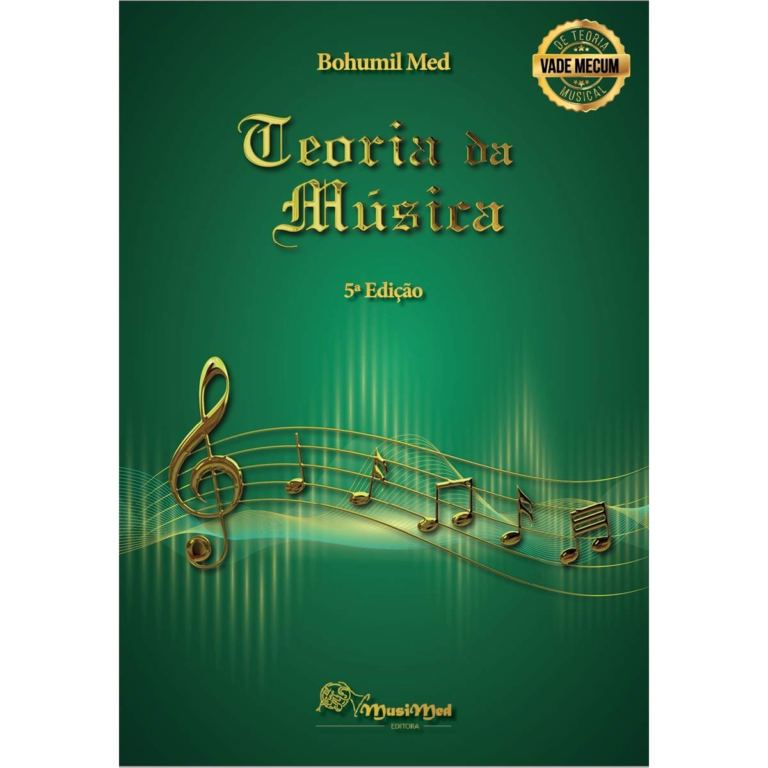Teaching-Learning Activities with Focus on 'Teaching is Learning'

We have already published here a post about The Learning Pyramid, showing that TEACHING IS LEARNING and that the methods for better retention of knowledge for most people are participatory methods, i.e those where:
– you teach the content you want to absorb;
– you put into practice what you have learned; or
– you discuss with others the topic under study.
In this post we suggest some activities for you to do, aiming to increase your level of retention of the content you want to learn. Check it out, then.
— IF YOU ARE A STUDENT
1. Develop a “REINFORCEMENT” GROUP
If you are in school or university, take the initiative to create a tutorial group where you will teach your classmates and your classmates will teach you and the others.
What subjects are you great at? Schedule periodic meetings, face-to-face or not with the group, write summaries to distribute to your colleagues, prepare slide presentations, create tricks and even draw, if necessary. Do not be the teacher you would like to be, be the teacher you would like to have teaching yourself.
When you already know a lot about a topic, having to explain to others and answering their questions will help you consolidate your knowledge, making the memorization give way to true learning, that is, you will not have only memorized definitions, you will have really understood.
“Memorizing is like passion, it passes and you forget, true learning is like love, it remains forever” – Paula Musique
Once upon the time: When I was in high school, my “clique” was formed by my class best students, so in senior year we decided to create a “reinforcement” group to study with our friends in the semester that preceded the long awaited university entrance exam. We talked to the school principal and the project was approved. He even gave us a special room for our group to study at and suggested that we included not only our class, but also the other class from senior year. Our regular classes were in the morning, and in the afternoon we had the reinforcement group in the special room. Each of us in the “clique” taught the subjects in which we stood out. It was really fun. I have fond memories of that time, and I even keep a thank-you card that our colleagues wrote for me. I think we can share the good we have good with others – it does well for them and for ourselves.

2. Schedule DEBATE meetings
This activity is imperative for you to develop persuasion techniques and broaden your arguments list for a variety of topics. It’s a great tool to prepare you for essay writing, but it requires planning. When you organize the meetings with your colleagues, you can announce in advance which are the controversial subjects to be discussed or you can advise that the topics will be announced at the meeting. On the day of the meeting, you will determine who will be against or in favor of the topic in question, for example: criminality, gender ideology taught for children, death penalty, life imprisonment for corrupt politicians, abortion, marijuana use decriminalization, intelligent life out of the Earth, racial quotas, etc.
3. Have your HOLLYWOOD DAY
This activity is great fun to work with two or more people.
– the student becomes a teacher
The student acts as a teacher introducing himself / herself to the class (which can be a reinforcement group with his / her classmates) and teaches a topic that can be drawn on the spot or that can be warned in advance, and the students in the audience ask questions during or after explanation.
‘Once Upon the Time’ A: At the Piano Course I teach, I do this activity as follows: I sit at the piano and my student sits in the teacher’s chair. S/he tells me everything I have to play and I intentionally make mistakes so s/he has to correct me and show me how I should do it. S/he also asks me questions about Theory or History of Music and I give correct or funny wrong answers for us to laugh together.
‘Once Upon the Time’ B: In the Music Reading Course that I teach for youth and adults, I do this activity in the following way: I tell them in advance which musi elements need to be reviewed and on the day of the lesson at the time of the activity, I prepare little pieces of paper all of the students names, I announce the music element that will be taught and shot of a draw box the name of a student that will go to the blackboard and explain the function of that element or subject that can be: a clef, staccato, ritornello, the eighth note and its parts, a minor melodic scale, plagal cadence, among others.
4. Be a COMPOSER
Write parodies, that is, choose famous songs, and change the original lyrics to lyrics you created that is about the content you are studying.
‘Once Upon the Time’ C: As I already told you in the post about The Learning Pyramid I already sang about lysosomes and mitochondria, about the Industrial Revolution and blood donation. Also at university, I put my friends to sing and dance with me in the presentation of seminars on innovation, entrepreneurship, motivation, among others.
Fun times! They say that when learning is linked to fun, retention is much greater.
“Do not be the teacher you would like to be, be the teacher you would like to have teaching yourself” – Paula Musique
— IF YOU ARE A TEACHER
You can organize all of these activities mentioned previously with your students and you can add this to the topic “Have your HOLLYWOOD DAY”:
– True or False sketches
A group of students prepares short scenes pertaining to a subject that is being studied and after the representation, the audience says if the staged fact is false or true. If it’s false, you have to say why. Example: a scene in which the Ribosomes ‘present themselves’, but say their function incorrectly, switching with that of another cytoplasmic organelle. The possibilities are endless and here’s a lot of creativity that will get students to absorb the content shown in this inventive way.
– – –
Have you realized that in all the ideas covered you are teaching, directly or indirectly? Remember that participatory methods are the most striking in the life of the student and more efficient in the teaching-learning process. Let the little stories inspire you.
If you have not read about The Learning Pyramid, the time is now. Click here.
– – –
Let’s talk.
If you do any of these activities, please be sure to tell me how it went. What participatory activity do you like most?
Do you have any activity suggestions to share with us?




